Search
Categories
Archive
- September 2022
- February 2022
- September 2021
- May 2021
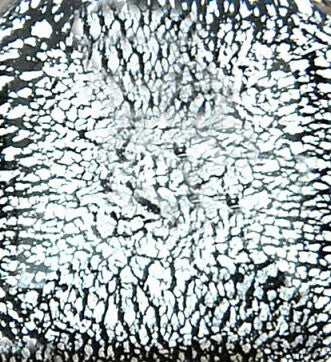
Craquelé (or crakle) t is a type of glass produced in Murano starting from the XVI Century, featured by cracks obtained by cooling it down in the water. In this way the surface breaks as effe...
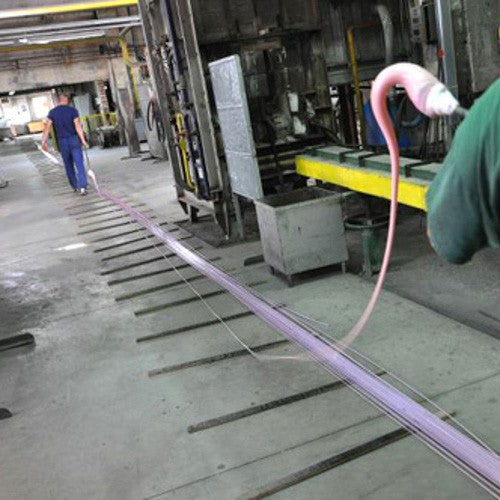
Corridors with a length that could go from 50 to 60 meters on which the so called tiradori lenghtened and extended the canna di vetro .
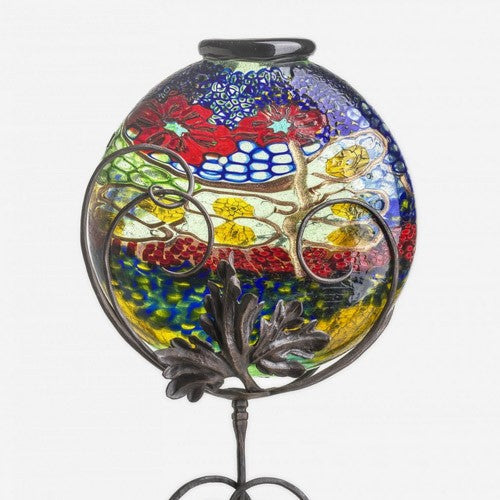
This term refers specifically to the patent obtained by Umberto Bellotto in cooperation with Cesare Laurenti to produce bowls, decorative vases and other items: wr...
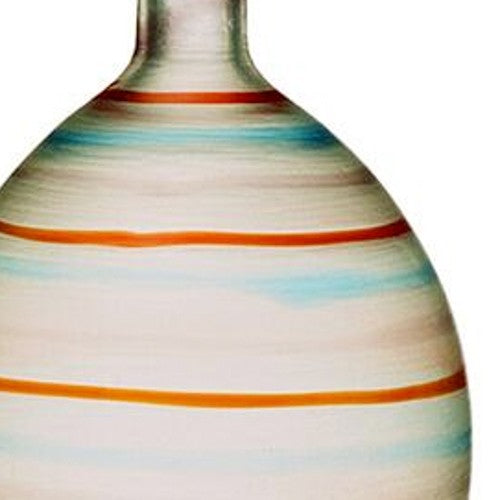
Designed by Carlo Scarpa for Venini, this technique features a typical multicoloured motif obtained by arranging thread and ribbon-shaped glass elements around an item and integrating them int...
This is a type of glass that is the result of research carried out by Giulio Radi, the long-time (from 1939 to 1952) art director of the A.V.E.M. glass factory. By exploiting the diffe...
I s a type of processing that derives directly from the processing of the cast sheets. A maschara (trap) is placed on the bronzino , almost like a punch, of the desired sh...
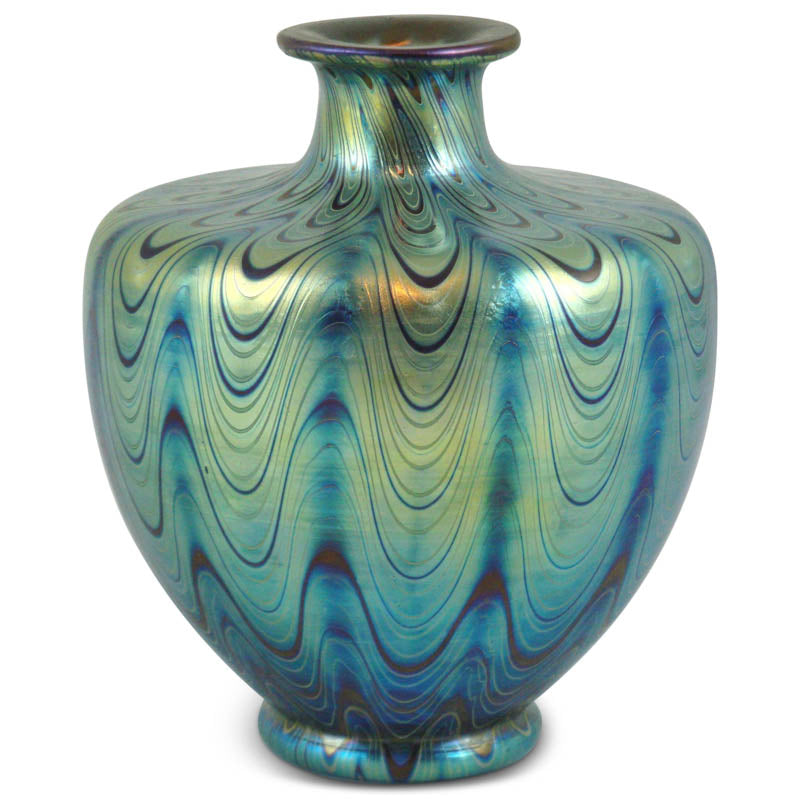
This is an optical effect whereby light is split into its primary colours. In the field of glass iridescenza is determined by the formation on the surface of thin layers (very close to the range of...
The Garzonetto has in charge to organize and bring to temperature the tools.
From the Latin word, which means vial, bottle. It indicates, in Venice, in the ancient language, the master blower. The term appears, for the first time in 982 AD, in which, in a notarial ...
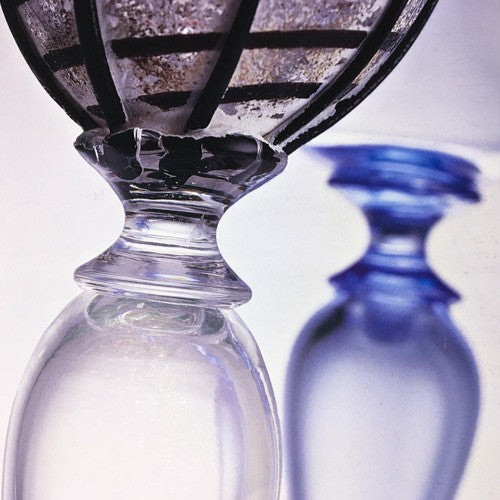
A spool-shaped piece of glass which, as the rule, is used to join a stem with its base, in a drinking glass, a bowl or a stemmed vase. Credits to: Parole di vetro - Marsilio editore ISBN 88-31...
It is a colourless and transparent glass, also called "Flint Glass". It is obtained by melting silica with lead oxide which must be present at least at 24%. The glass obtained is soft, heavy...
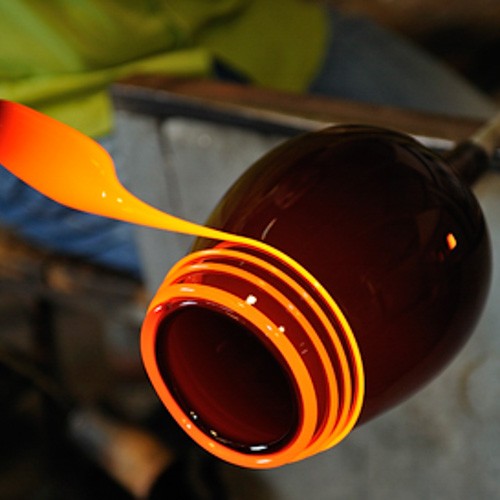
Consists in applying decorative parts to the main piece. Everything happens when hot. The parts to be applied can be very varied, for example colored edges, thrown threads, morise ...

The heart of the furnace is the place where each Murano creation is born. The Piazza is the workspace used by the artisans team formed by from three to twelve people. The main figure is the maestro...
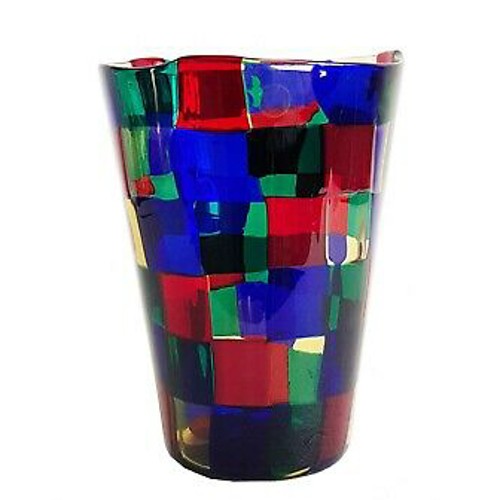
This glass is like a patchwork with elements of different colours and is obtained as follows: on a metal plate a series of segments of flat rods, according to a given design, are arranged. The pla...
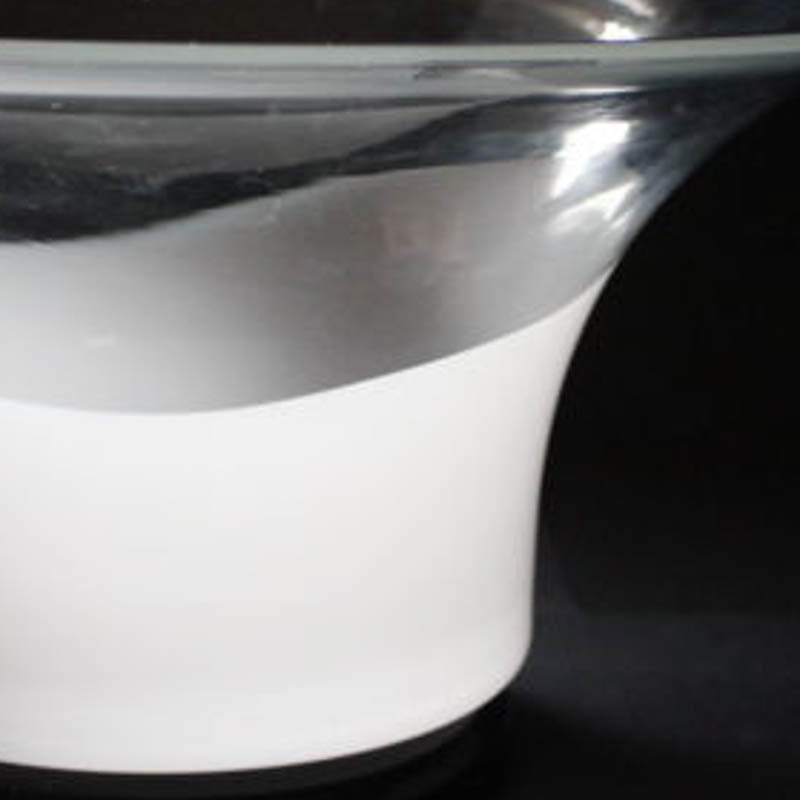
This is a white milky-like glass in which the opacity is provided by the presence of microcrystals dispersed in the matrix that are separated out when the molten glass is cooled down. The crystals ...
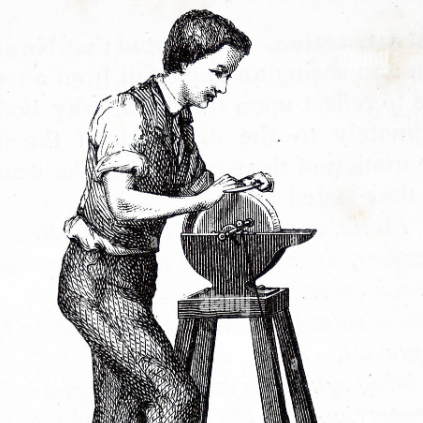
This is a system for cold-processing glass surfaces to obtain preset decorations. It began originally in Bohemia in the XVI century and it was known in Murano a little later on the basis of their m...
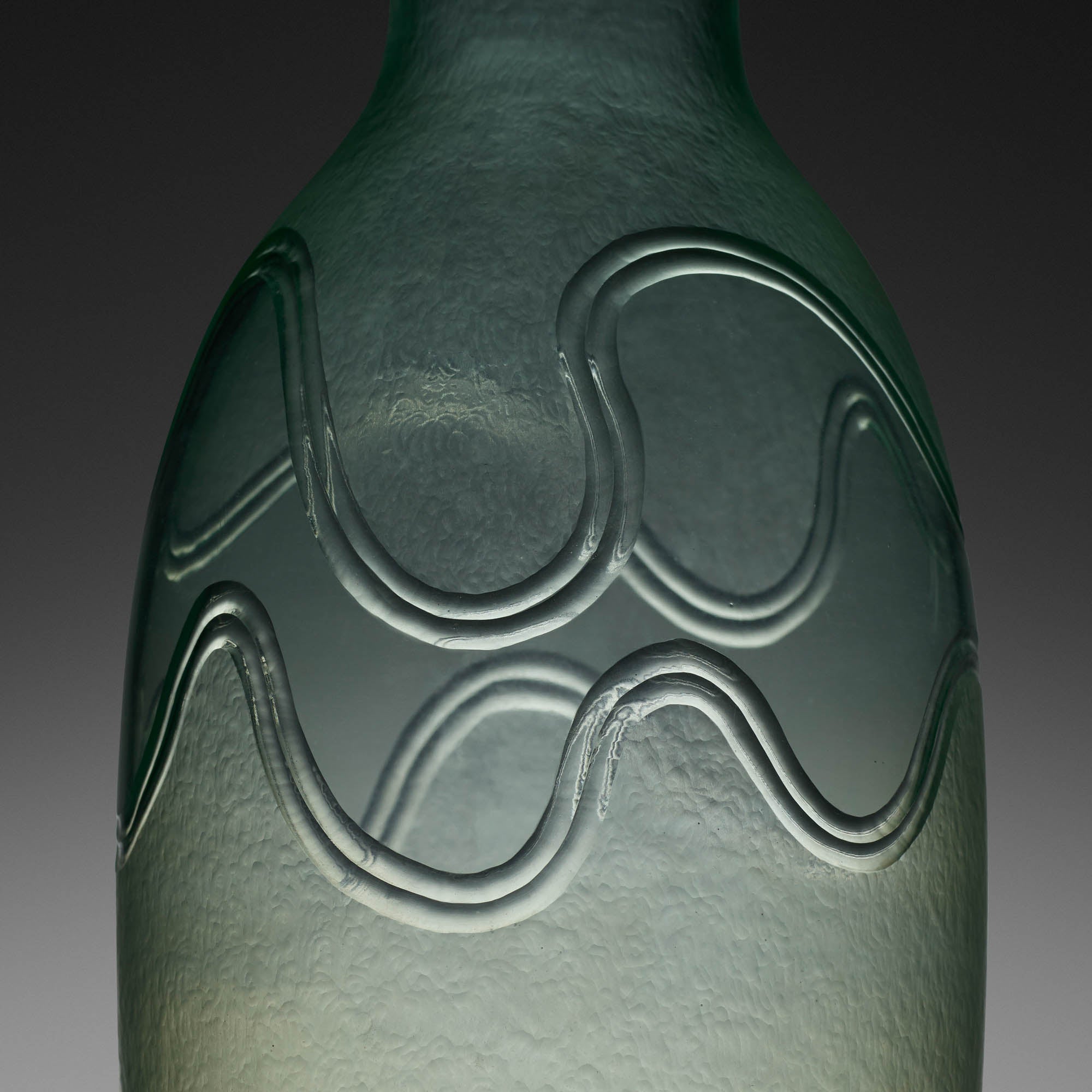
The items from the Incisi series - designed by Carlo Scarpa for Venini & C. - were conceived as unique artefacts with wheel-ground geometric, abstract or figurative decorations. Many of ...
It could be defined as controlled incamiciato (a glass consisting of two or more superimposed layers of coloured and transparent glass). Mr Balbi uses different glasses and the...
